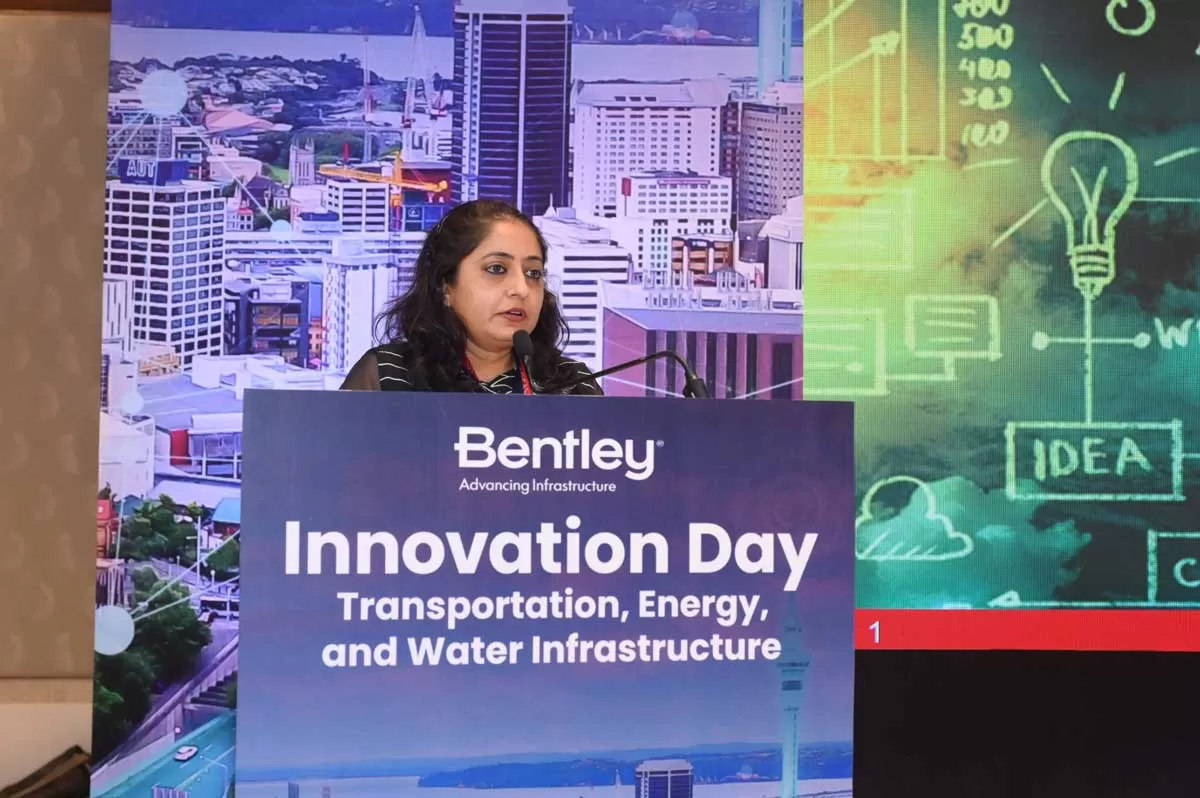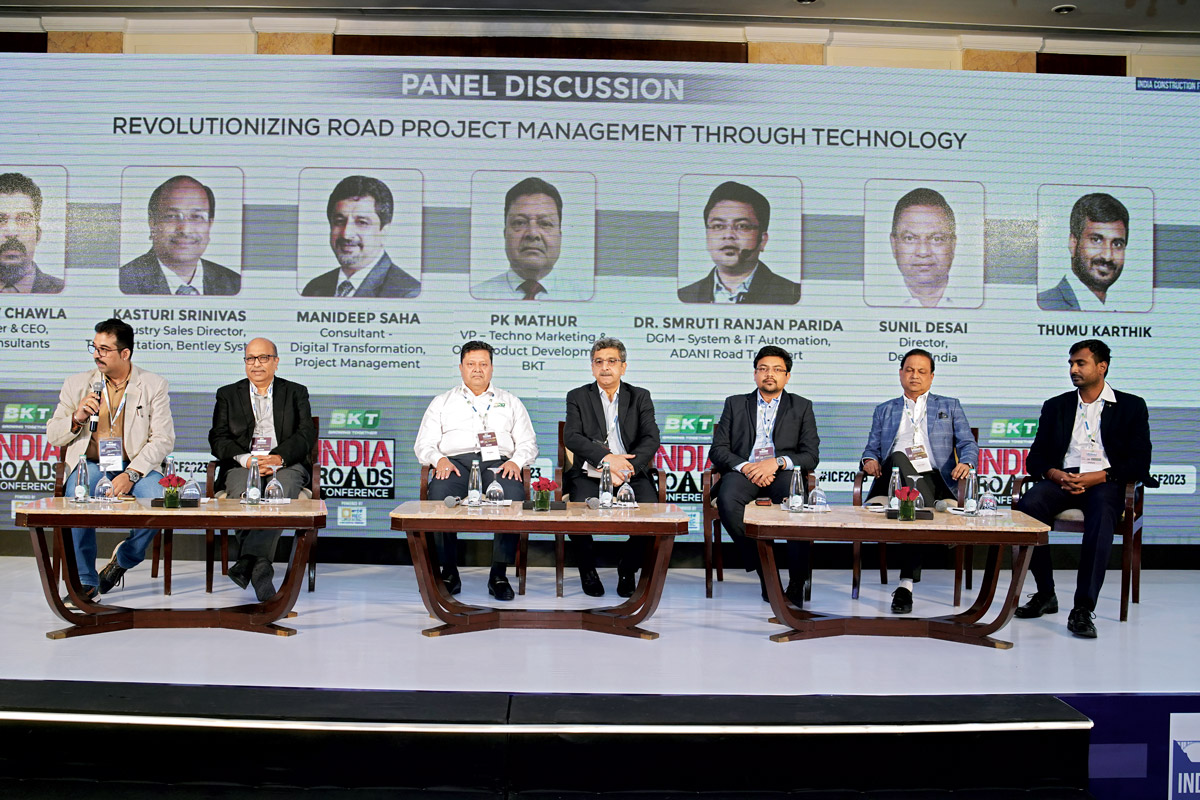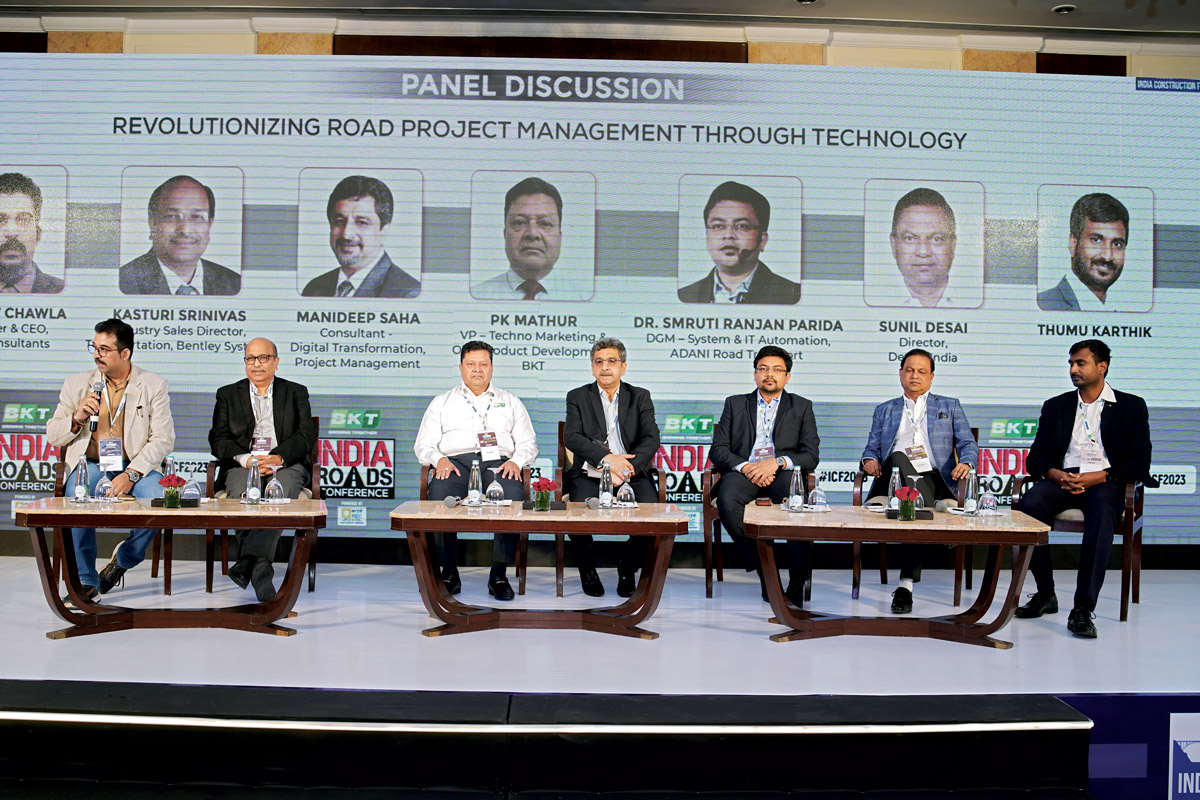
Bentley Systems organises Innovation Day in Gujarat
Bentley Systems, the infrastructure engineering software company, organised an exclusive Innovation Day at ITC Narmada, Ahmedabad. The event showcased the power of digital twins and digital delivery in transforming infrastructure projects across various industries.
The company hosted the day in the presence of important government bodies, design consultants, construction contractors and project management consultants, who explored the company’s industry-leading software solutions for the transportation, construction, energy, and water sectors.
Kamalakannan Thiruvadi, Regional ..

Technology for Sustainability
The road construction industry in India is undergoing a significant transformation driven by technological advancements and a growing emphasis on sustainability. Adoption of digital trends, building information modelling (BIM) and innovative construction practices promises to revolutionise project management, offering increased efficiency and more realistic project planning. Creating a connected data environment in the Cloud and standardising workflows can harmonise road construction processes. The industry aims to enhance project outcomes by dedicating more time to planning and aligning with ..

Technology To Improve Road Project Management
This is the second in the series of panel discussions on the topic of ‘Revolutionising Road Project Management through Technology’, which was held at the 9th India Construction Festival (ICF) and which was hosted by the FIRST Construction Council in partnership with CW. Read on...
The road construction industry in India is undergoing a significant transformation driven by technological advancements and a growing emphasis on sustainability. Adoption of digital trends, building information modelling (BIM) and innovative construction pra..

India Surpasses Australia, Japan, and Singapore in Data centre Capacity
India has surpassed Australia, Japan, and Singapore in data centre capacity, cementing its position as a prominent player in the global digital infrastructure landscape. The country's rapid advancement in data centre infrastructure underscores its growing significance in the digital economy.
The surge in data centre capacity is attributed to several factors, including increasing internet penetration, rising demand for digital services, and government initiatives to promote digitalization. As businesses and consumers alike embrace digital technologies, the need for robust data infrastru..

India's data center industry growth to double by 2026; reach 2,000 MW
India's data centre industry is experiencing explosive growth, driven by the country's rapid digitisation. CareEdge Ratings predicts a data centre capacity surge, doubling to 2,000 MW by 2026. This expansion will attract significant investments, with an estimated Rs 500 billion flowing in over the next three years.
The data centre growth is driving/attracting large scale investments in the expansion of the network connectivity ecosystem which is critical for high volume data transfer at low latency levels. It is imperative that for such large-scale capacity addition, data centre playe..














